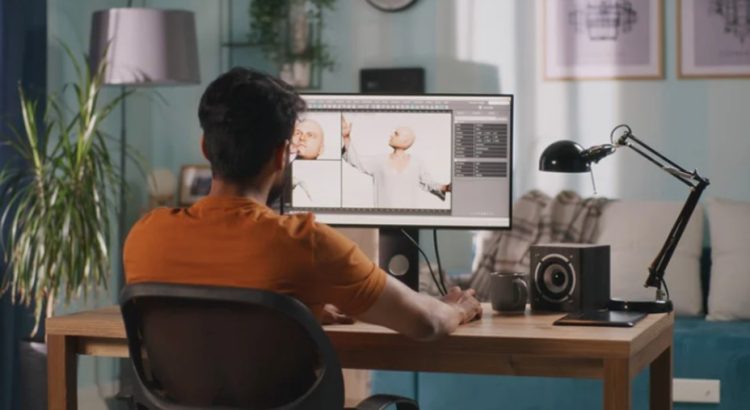Animation is no longer confined to cartoons and feature films; it now powers everything from digital advertising to video games, educational tools, and interactive applications. As demand for skilled animators grows, many aspiring creatives are turning to animation courses to learn the tools, techniques, and theories that bring stories to life. Whether you’re new to the field or looking to specialize, the right training can set the foundation for a successful creative journey.
Understanding the Power of Animation Education
Before diving into a career in animation, it’s important to grasp the depth and range of the industry. While creativity and passion are essential, structured learning brings a professional edge. Animation courses provide both theoretical understanding and hands-on practice, covering key principles such as character movement, storytelling, sound syncing, and visual effects.
One important aspect of this learning is exposure to different animation styles. From 2D and 3D animation to motion graphics and stop motion, each style offers a unique perspective on design and movement. Understanding these styles allows students to explore their creative preferences and gain the flexibility to adapt to various project demands in the future. It also enhances storytelling by teaching how visual tone and pacing differ across formats.
Courses that dive into stylistic variations often include exercises that allow learners to experiment and refine their skills. These programs don’t just teach software, they develop an animator’s ability to think critically, problem-solve visually, and translate ideas into dynamic content.
Developing Professional-Level Skills and Mindsets
Animation is a technical field that requires more than drawing talent. Successful animators must be comfortable using industry-standard software, managing timelines, collaborating with teams, and revising their work based on feedback. Formal training plays a vital role in shaping these abilities.
Understanding the value of professional animation learning is crucial here. Quality courses are structured to simulate real-world production settings, offering guided lessons in rigging, compositing, camera angles, lighting, and rendering. Many also emphasize project-based learning, enabling students to build a portfolio that demonstrates range and professionalism.
Mentorship is another key benefit. Expert instructors often provide valuable insights, critiques, and networking opportunities that help students understand the realities of working in animation. This mentorship accelerates growth and equips students to handle creative challenges confidently.
Unlocking Career Opportunities in Diverse Industries
One of the greatest advantages of animation training is its career flexibility. Animators today are in demand not only in film and gaming but also in healthcare, education, advertising, and even virtual reality development. Animation courses often include practical modules that teach students how to adapt their skills across these fields.
Understanding project requirements, meeting client expectations, and presenting work professionally are all part of a strong curriculum. This prepares learners for a competitive market where adaptability and communication are just as important as technical skills.
Conclusion
A creative career in animation begins with the right training. By investing in courses that cover animation theory, explore multiple styles, and provide real-world guidance, you can build a strong foundation that sets you apart. Whether you aim to work in media, design, or emerging tech, animation education gives you the tools to bring your creative vision to life.





